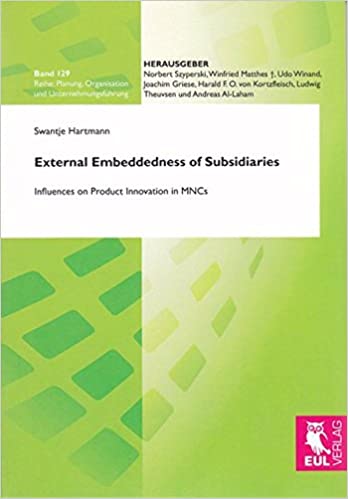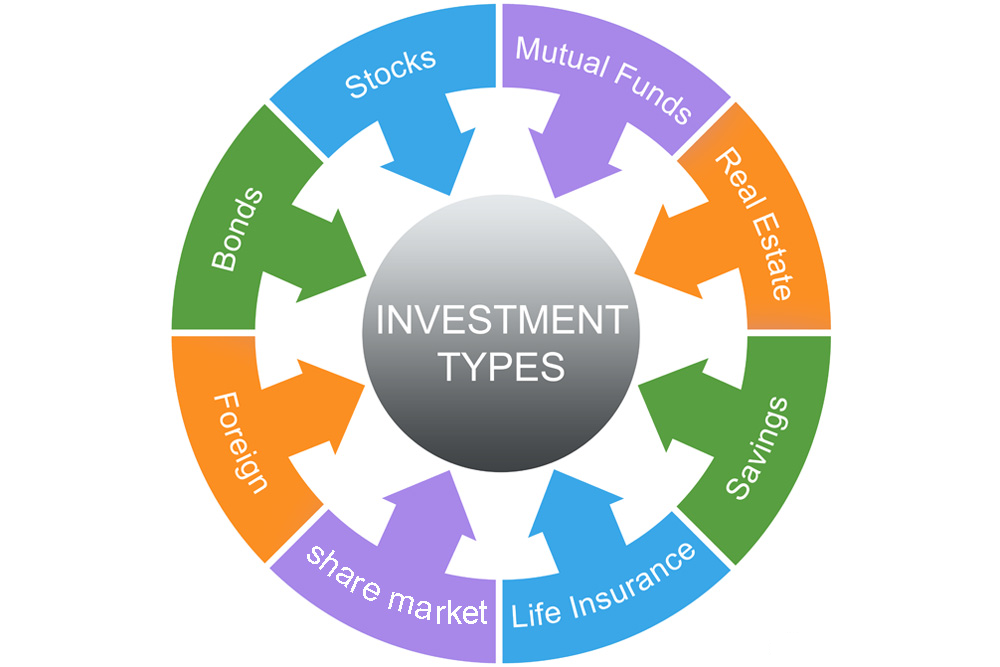
A social audit is an evaluation of a company’s production procedures, policies, and code of conduct, to find out more ways they can impact society. Social auditing is extremely important because it provides information on how well a corporation is keeping the balance between making profits and social responsibility. During this process, if anything is found negative, necessary actions are taken to resolve them.
Risk Culture: How Reducing Complexity Improves the Safety of … – Food Safety Magazine
Risk Culture: How Reducing Complexity Improves the Safety of ….
Posted: Mon, 07 Aug 2023 04:00:00 GMT [source]
When performed regularly, you can ensure and measure the ethical compliance of your manufacturers. With QIMA, you will receive a custom compliance dashboard to track progress and see the status of your supply chain. Human rights due diligence legislation has steadily emerged since 2015 across the globe.
Features of a Social Audit
A social audit is a systematic evaluation of an organization’s social and environmental performance. It involves assessing the impact of the organization’s activities on stakeholders, such as employees, customers, suppliers, and the wider community. The aim of a social audit is to identify areas where the organization can improve its social and environmental performance, and to report on its progress towards achieving these goals. Accounting involves gathering, analyzing, and sharing financial data about companies and other economic entities. An organization that practices social responsibility will carry out a social audit to evaluate how its actions impact stakeholders, the community, and the environment. Financial reporting will be used to gather pertinent data on the social impact of the company.

The Right to Information Acts specify the modalities for
obtaining information and provide penalties or failing to furnish or supplying
false information. The Acts facilitate social legislation such as on minimum
wages and gender rights and, more importantly, pave the way for public debate on
government development projects. Social auditing consists of the auditing of assorted departments and activities at identical times. Therefore, it’s important for the auditor to ascertain the boundaries which means he should decide what should be audited and what shouldn’t be audited during the auditing process. They’re a strong tool for social accountability, with the scrutiny of the actions of officials and management sometimes resulting in the invention of administrative and financial irregularities and corruption. This method of a social audit just measures the particular aspect of the social work done by any company.
#6. Contract Audit
Now, a financial statement social audit contains conventional financial information with information regarding social activities. This and other such
meetings helped citizens to understand the way government business is conducted
and the skills of negotiating with officials. The working organization can compare its performance to the goals they have set using SA as a comparative tool. The results obtained must be a public and transparent presentation that shows a faithful and committed image of the company that evaluates itself in the face of society or other institutions. This trend works as a spearhead for the ethical operation of companies and governments in an increasingly globalized world that is aware of solidarity causes and the protection of the environment and the circular economy.
This helps reduce the need for individual manufacturers or suppliers to continually undergo audits, as results can be shared. Amfori established BSCI in 2003 to improve social performance in complex, global supply chains. It pulls from the International Labor Organization principles, the UN Charter of Human Rights, and other key international regulations. It is considered a fundamental audit by many companies and examines a variety of human rights and labor practices. Firstly, the organization needs to define its social and environmental objectives and identify the stakeholders that will be affected by its activities. Secondly, the organization needs to collect data on its social and environmental performance, using a range of methods such as surveys, interviews, and site visits.
- The effects of commercial operations on society and the environment have come to light in the wake of recent international events.
- The report is presented to designated management or shareholders, and sometimes reports are presented publicly.
- Leila just opened a custom dressmaking business called ‘The Whistle.’ She’s not yet known in the local community.
- A social audit is a systematic evaluation of an organization’s social and environmental performance.
- It majorly focuses on management systems instead of actions or events happening in the systems.
- In the era of corporate social responsibility, corporations are often expected to deliver value to consumers and shareholders as well as meet environmental and social standards.
A social audit can be defined as a review of a company’s production procedure, policies, and code of conduct to find how they impact society. It is conducted out of social responsibility by an organization to establish its positive image in public, and if anything is found negative, then suitable actions are taken to correct them. The ICS is specifically for textile, retail, footwear, electronics, and furniture companies. The goal of an ICS audit is to improve working conditions along global supply chains in these sectors. Members have access to an extensive shared database that includes “mutualized” audit results and corrective action plans.
What Is a Social Audit?
Make sure to verify the processes by visiting the workplace; otherwise, a low mistake within the social auditing report might leave the accuracy of the full report in jeopardy. In the next step, key issues which are required to be analyzed and tackled through the social audit process should be defined. Define what information should be collected for the actual issue and what methods should be chosen to gather information. Different records should be analyzed at different points in your time to arrange a report. Social audits take a glance at many various factors within a corporation to live, report, and ultimately improve an organization’s social performance.
This type of audit has reached great importance and presence in all types of organizations globally. In fact, it has even become a tool for citizens with which to measure their institutions. That said, common causes such as eco-sustainability are included in other modalities such as environmental auditing. The result of this was the birth of concepts such as corporate social responsibility.
Advantages of a Social Audit
The first step is to define the boundaries or parameters of the social audit and ensure that it is relevant and realistic. With this done, the next step is to identify the stakeholders and to have a consultation or dialogue to formulate a strategy for completing the audit. The next steps would be to identify key issues on which data will be collected, such as waste disposal.
Many people showed up to voice their worries about how the firm has harmed them once knowledge of the company’s actions spread. The company is charged with filing fake tax returns in addition to illegally firing the employees. A social audit was launched when these facts became known, providing those who have been affected a chance to voice their worries. A solution that involves paying back taxes and helping those who lost their industrial employment with retraining was developed to address the shortcomings found throughout this process. In the next step, you must generate a report about the findings of social auditing. Therefore, it’s important to review the report and physically verify the method of important tasks.
Social audit is mandatory to be conducted as a company might overlook the social responsibility to make profits. From the responses, the researchers were able to get a better understanding of the effectiveness of the organization and make recommendations for improvement as a result of the social audit. Social audits are considered a relatively new concept in the business world – the first social audit of an organization was carried out in Sweden and published in 1988 after a study of the country’s central bureaucracy. The Higg Facility Social and Labor Module (Higg FSLM), created by the Sustainable Apparel Coalition, works to promote fair labor conditions for workers in the textile, footwear, and apparel industries.
IATF 16949 Automotive Quality Management Systems
On the other hand, consumers and stakeholders have shown the importance of corporate citizenship initiatives by supporting companies with high moral and ethical values. Social audits can uncover human rights violations by sending assessors to check health, safety, labor practices, and more in a facility. Workers’ rights are becoming increasingly important, and customers are reluctant to support companies that don’t address these issues. Depending on the social audit, a variety of information types might be included.

Sedex has more than 55,000 members in 180 countries, and its AACs have conducted over 280,000 audits worldwide. NSF can guide you through the process, assisting you with your self-assessment or conducting your audit to demonstrate your adherence to good labor, health and safety, environmental, and business practices. For example, a local family store makes a clothing donation to a local church that has a homeless shelter for women and children.
Supply chain visibility includes understanding if your suppliers are outsourcing production without authorization. Unauthorized subcontracting can put a company at risk by utilizing suppliers with unfair and unsafe working conditions. Uncovering these practices and assessing the next steps with professional auditors is essential. SDM is a periodic observation activity by socially
disadvantaged groups as local citizens who are project participants or target
beneficiaries.
Objectives & Management
Depending on the industry and scale of the company, social audits can take many different forms, but they usually involve a thorough analysis of the organization’s activities, policies, procedures, and processes. A company’s effectiveness in areas including human resources, procurement, their supply chain’s human rights compliance, sustainability, and community involvement can be assessed using social audits. SMETA is a type of standardized audit that focuses not just on the financial and legal aspects of an organization, but on the corporate social responsibility dimensions.
Social audits will give your company visibility and transparency into human rights issues that may harm your workers and damage your brand. An experienced QIMA auditor can provide your team with an unbiased types of social audit and honest review of your manufacturers’ practices to protect your company and improve your supply chain down the line. After an audit, you will review the results and corrective action plan with experts.

Average Rating